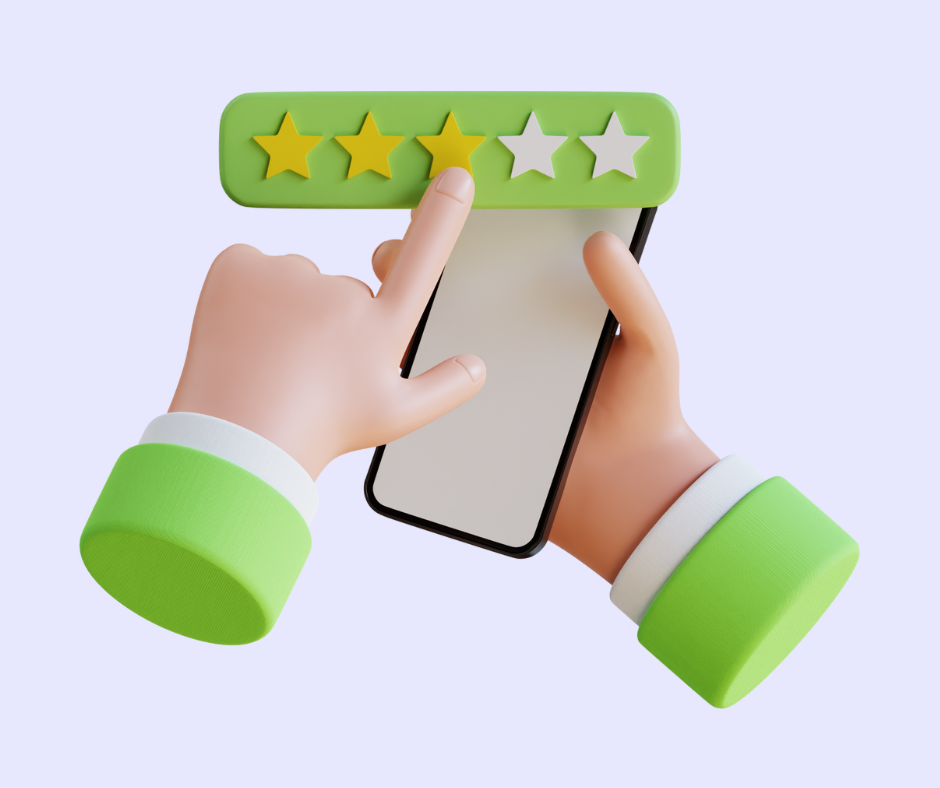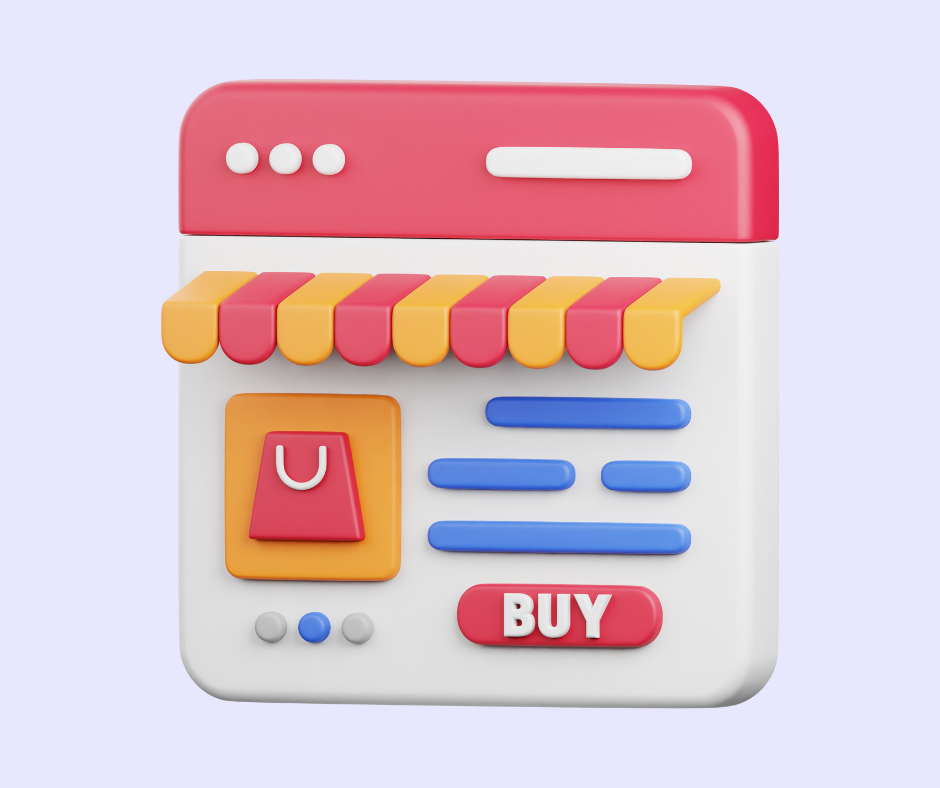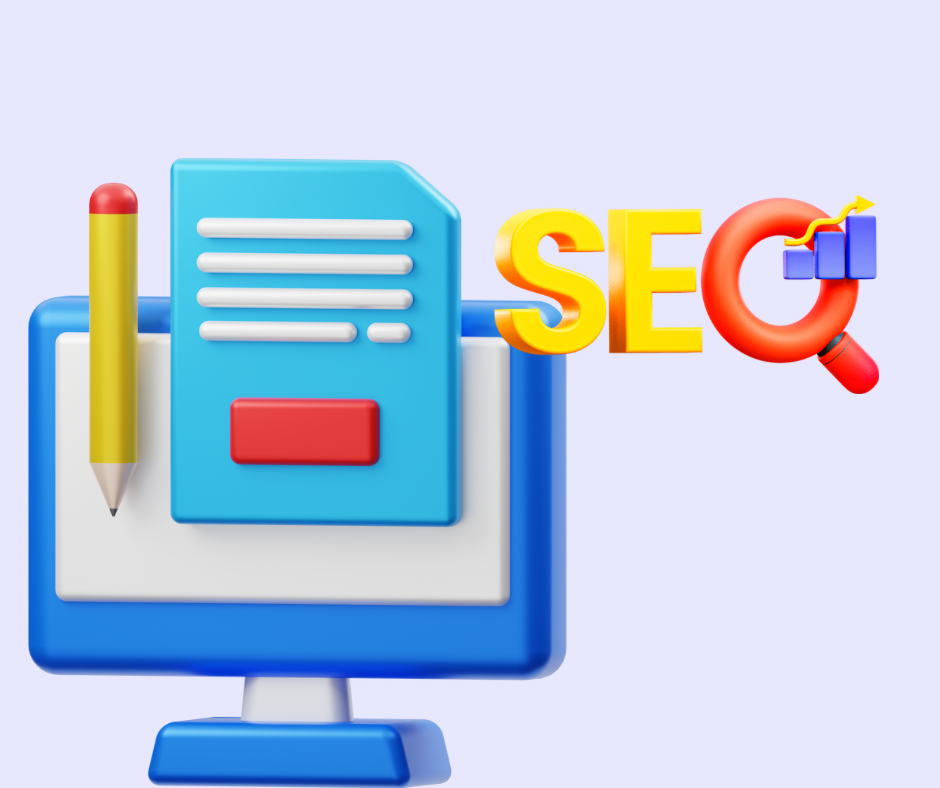Outsourcing your website? Here’s what you need to know as a small business owner
As a small business owner, outsourcing your marketing website design and development, can be a smart decision. It allows you to focus on your core business activities while leveraging the expertise of professionals in the industry. However, it's important to consider factors such as budget, web designer selection, goal definition, design process, collaboration, intellectual property protection, and performance tracking. By understanding these factors, you can make informed decisions when outsourcing your website project and ensure that you get the most value for your investment.
Ready to get going with your website?
The benefits of outsourcing your website
Factors to consider when selecting a web designer
Defining your goals and establishing clear objectives for your website project
Understanding the design process: steps involved in creating a custom website
Communication is key: maintaining a collaborative relationship with your web designer
Budgeting and pricing: factors that affect the cost of your website project
Protecting your intellectual property and ensuring that you own your website assets
Measuring success: tracking key metrics to evaluate the performance of your website
The benefits of outsourcing your website
As a small business owner, outsourcing your website can offer numerous benefits. Firstly, it allows you to focus on what you do best - running your business - without worrying about the technical aspects of web design and development. By delegating this task to a professional team, you can save time and energy, and ensure that your website is built to the highest standards.
Outsourcing your website can also provide access to specialized expertise that may not be available in-house. A professional web design agency has the knowledge and experience to create a website that is tailored to your specific needs, with a design that is both visually appealing and user-friendly.
Factors to consider when selecting a web designer
When selecting a web designer or design agency, there are several factors to consider. One of the most important is the designer's portfolio. Look for examples of their previous work to get an idea of their style and expertise. You want a designer who has experience with websites that are similar to the one you want to create.
Another important factor to consider is communication. You need to be able to communicate effectively with your designer throughout the project, so it's important to choose someone who is easy to talk to and responsive to your needs.
Technical expertise is also important. Your designer should be up-to-date with the latest web design technologies and able to implement them effectively. They should also have a good understanding of user experience (UX) design principles and how to create a website that is easy to navigate and use.
Lastly, consider the designer's pricing and availability. You want to work with someone who can deliver high-quality work within your budget and timeline. Take the time to compare quotes from multiple designers to ensure you're getting a fair price for the services you need.
Defining your goals and establishing clear objectives for your website project
As a small business owner outsourcing your website to a designer, it's important to define your goals and establish clear objectives for your website project. Before you begin working with a designer, consider what you want to achieve with your website. Do you want to increase leads, sell products online, or simply provide information about your business?
Once you've identified your goals, it's important to establish specific, measurable objectives that can be achieved within a defined timeframe. This will help keep your project on track and ensure that your website is designed to meet your business goals. For instance, an objective might be to increase website traffic by 25% within the next six months.
When you're working with a designer, make sure that they understand your goals and objectives, and that they can design a website that is tailored to meet your specific needs. A skilled designer will work with you to refine your objectives and ensure that your website is designed to achieve them. This will help to ensure that your website is a valuable asset to your business and helps you achieve your goals in the online space.
Steps involved in creating a custom website
Understanding the design process is essential when creating a custom website. The process typically begins with an initial consultation where you discuss your goals, objectives, and any specific requirements with the designer. The designer will then create a design proposal, which outlines the project scope, timelines, and costs.
Once you've approved the proposal, the designer will begin the design phase. This involves creating a wireframe, which is a basic layout of the website, and a design mockup, which is a visual representation of what the website will look like. You'll work closely with the designer to refine the design until you're happy with it.
After the design is finalized, the development phase begins. This involves coding the website and adding any necessary functionality, such as a shopping cart or contact form. The website is tested extensively to ensure that it works correctly on all devices and browsers.
Finally, the website is launched, and any necessary training or support is provided. It's important to remember that the design process is iterative, and you'll have opportunities to provide feedback throughout the project. With a skilled designer, the end result is a custom website that meets your business goals and provides a positive user experience for your visitors.
Maintaining a collaborative relationship with your web designer
Maintaining a collaborative relationship with your web designer is essential for creating a successful website. Communication is key, so make sure to establish a regular line of communication with your designer. This can be through email, phone calls, or video conferencing.
Be clear and concise when communicating your ideas, objectives, and requirements. Your designer will appreciate having a clear understanding of your expectations, and this will help them to create a website that meets your needs.
Throughout the project, make sure to provide feedback and be open to suggestions from your designer. Remember, you hired them for their expertise, so be open to their suggestions and ideas.
Be mindful of the timeline and budget for the project. If changes need to be made that impact either of these factors, communicate this with your designer as soon as possible.
By maintaining a collaborative relationship with your designer, you'll be able to create a website that meets your business goals and provides a positive user experience for your visitors.
Protecting your intellectual property and ensuring that you own your website assets
Protecting your intellectual property and ensuring that you own your website assets is crucial when outsourcing your website project. Intellectual property includes any original content or creative works, such as logos, images, and written content, that are created for your website.
To protect your intellectual property, make sure to include a contract or agreement that outlines the ownership of all website assets, including any intellectual property. This contract should also include provisions for any third-party content, such as stock photos, that may be used on your website.
Additionally, make sure to register any trademarks or copyrights associated with your website. This will help protect your brand and prevent others from using your intellectual property without permission.
It's also important to ensure that you have access to all website assets, including design files, code, and hosting accounts. Make sure that you have login credentials for all accounts and that you can access these accounts at any time.
By taking steps to protect your intellectual property and ensure that you own your website assets, you'll be able to maintain control over your brand and online presence.
Tracking key metrics to evaluate the performance of your website
Tracking key metrics is essential to evaluate the performance of your website. There are several key metrics that you should monitor, including website traffic, bounce rate, conversion rate, and page load speed.
Website traffic is a measure of how many people are visiting your website. It's important to track this metric to understand the overall performance of your website.
Bounce rate is the percentage of visitors who leave your website after viewing only one page. A high bounce rate could indicate that visitors are not finding what they're looking for on your website.
Conversion rate is the percentage of visitors who complete a specific action on your website, such as filling out a contact form or making a purchase. This metric is important for evaluating the effectiveness of your website in achieving your business goals.
Page load speed is the time it takes for your website to load in a visitor's browser. A slow page load speed can lead to a high bounce rate and a negative user experience.
By tracking these metrics, you can identify areas of your website that may need improvement and make data-driven decisions to optimize your website's performance. There are several website analytics tools available, such as Google Analytics, that can help you track these metrics and gain valuable insights into your website's performance.
Related Articles
Ready to drive traffic to your website? Get Started With Fickl Today.




